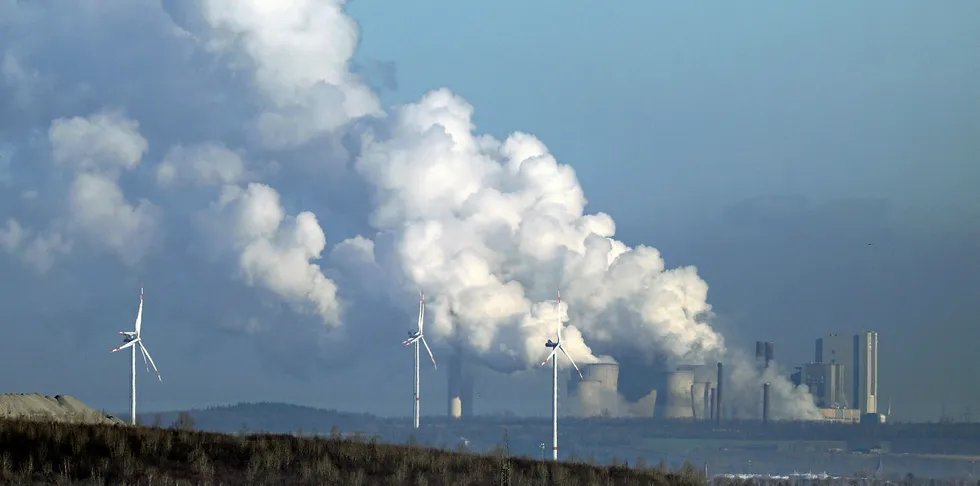'Feasible and affordable': Geared-up energy transition can keep global heating to sub-2°C
The world may be heading for a 2.3°C temperature rise, but it is still possible to meet the Paris Agreement target if governments speed up transition plans, says DNV GL
